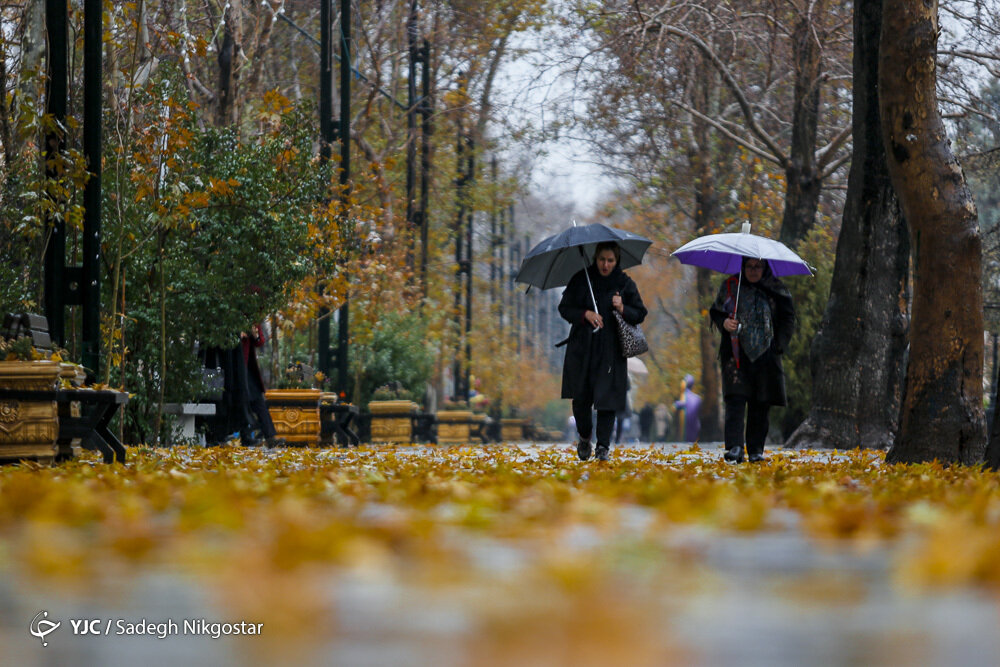Autumn seen with lower than normal rainfall

TEHRAN – Precipitation in Iran is expected to meet normal or lower than normal averages over autumn, Ahad Vazifeh, head of the national center for drought and crisis management, said.
Stating that during a period of three weeks (September 15- October 5), the main rainfall will pour over the northern part of the country, including the coastal provinces of the Caspian Sea, northwestern West Azarbaijan and East Azarbaijan provinces, and northeastern North Khorasan province, he said that precipitations will be less than normal, and although the precipitations slightly increase a week later, it follows a negative trend.
He said that the monsoon summer rains that move from India and Pakistan to the southeast of Iran will continue, adding that monsoon causes the country’s rainfall to start later than ever. Therefore, there is a high probability that precipitation in Iran during the fall is less than normal.
The monsoon of South Asia is among several geographically distributed global monsoons. It affects the Indian subcontinent, where it is one of the oldest and most anticipated weather phenomena and an economically important pattern every year from June through September, but it is only partly understood and notoriously difficult to predict.
According to climatic models, precipitation in Western Europe during the fall is normal and above-normal. As a result, rainfall is weak throughout West Asia, including Iran.
According to Iran's rainfall patterns, November has always been the month of rainfall for the northwest and west of the country, but it is predicted that these areas will experience relatively low rainfall in November and December” he explained.
Elsewhere in his remarks, he pointed to the temperature conditions and said that it is predicted that the temperature in the western part of the country will be 1-3 degrees Celsius higher than normal and in the east about 1-2 degrees lower than normal and cooler than usual.
The temperature in the central regions of the country, including the provinces of Tehran, Alborz, Qazvin, Isfahan, etc., is forecasted to meet normal levels during the first month of autumn, he concluded.
Iran short of rain compared to previous water year
Since the beginning of the current water year (September 23, 2019), the whole country received 297.7 mm of rainfall, which is 29.1 percent higher than the long-term average but 6.3 percent short of rain compared to the past year.
Gilan, Mazandaran, and Lorestan provinces surpassed other provinces in terms of high rainfall rates over the aforesaid period.
Precipitation in Yazd, South Khorasan, and Isfahan received the lowest amount of rainfall among all provinces.
Precipitation in Chaharmahal-Bakhtiari, Kohgiluyeh-Boyerahmad, and Kermanshah have declined relative proportion of both the long-term average and past year.
FB/MG
Leave a Comment